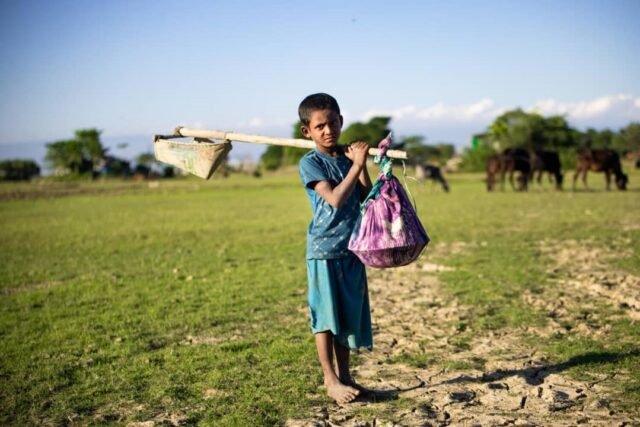Around 138 million kids are working instead of learning — and 54 million of them are in jobs that put their safety at serious risk.
Nearly 138 million children around the world were involved in child labour in 2024, including 54 million engaged in dangerous work that threatens their health, safety, and overall development.
This sobering statistic comes from a new report jointly released on Wednesday by the International Labour Organization (ILO) and the United Nations Children’s Fund (UNICEF). The findings were shared in advance of the World Day Against Child Labour, observed annually on June 12, and the International Day of Play, celebrated on June 11.
The report highlights that although child labour has declined by more than 20 million since 2020, the global community has missed its goal of eradicating child labour by 2025.
While the number of children in child labour has nearly halved since 2000, the report warns that the current pace of progress is far too slow. Achieving full elimination within the next five years would require efforts to accelerate by a factor of 11.
“Although the fight against child labour is not over, there is reason for cautious optimism,” the report notes. “After the increase observed in 2020 during the COVID-19 pandemic, fears of continued deterioration have not materialised. The world is once again on a path of progress.”
According to the ILO and UNICEF, child labour has dropped from 160 million in 2020 to 138 million in 2024 — a reduction of over 100 million since 2000, despite a global child population increase of 230 million in that same period.
The report attributes these gains to key policy interventions, including:
- Ensuring access to free, high-quality education as a viable alternative to child labour.
- Strengthening education systems to support adolescents’ transition from school to decent work.
- Reinforcing legal protections against child labour in alignment with international standards.
- Implementing policies that integrate child labour concerns into broader economic and social development strategies.
It emphasizes that to truly end child labour, targeted actions must be embedded into national policy frameworks — from macroeconomic planning to labour reforms and industry-specific strategies.
“The latest figures underscore the scale of the challenge, but also the possibilities for progress,” the report concludes. “With the right policies, sufficient resources, and steadfast commitment, we can end child labour. The time to act is now — for the sake of future generations.”




















